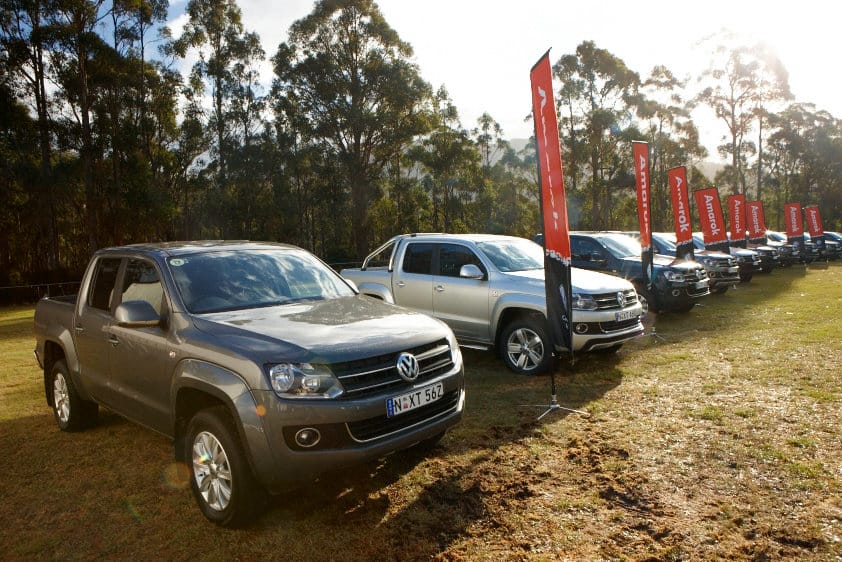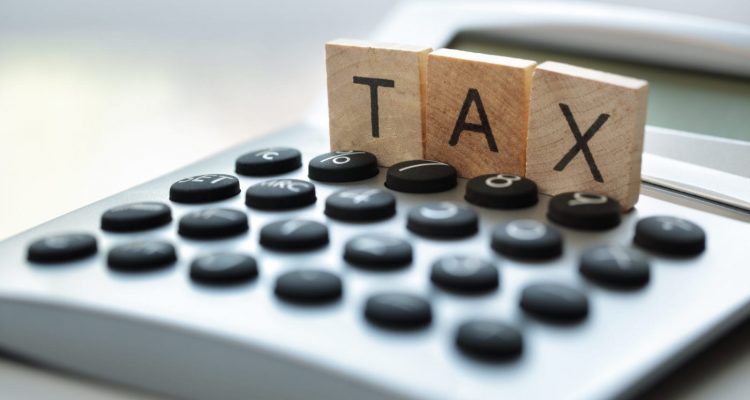With the automotive industry in Australia reeling from the plummeting demand for new vehicles caused by the COVID-19 pandemic, the federal government unveiled a stimulus package consisting of $17.6 billion designed to weather the threat and impact caused by the spread of COVID-19.
One of the most significant measures was the increase of the instant asset write-off (IAWO) threshold from $30,000 to a massive $150,000. This is not a form of a cash handout per se in the form of a welfare payment for businesses, it is rather a tax deduction that will reduce a business’ overall tax bill.

Say a business makes a net profit of $100,000 this financial year and then proceeds to buy a new Hilux for $40,000, it will only have to pay tax on the much smaller amount of $60,000, indirectly making the HiLux thousands of dollars cheaper.
The write off does come with some strings attached however, we’ll walk you through all that you need to know.
How high is the IAWO limit?
You’re allowed to purchase an asset up to the value of $150,000. This is a massive increase over the previous limit of $30,000 and is designed to act as an incentive for businesses to splash some cash on new assets. After June 30, the limit is set to be reduced back down to $30,000.
Do I qualify for the IAWO?
Your business must have a turnover of less than $500 million a year. The assets(s) must be purchased and first used or installed between March 12, 2020 and June 30, 2020.

As a private individual, you sadly wont be able to write off the cost of a vehicle from your taxable income. Feel free to read our EOFY guide here to see how to save on buying a new car this year.
The IAWO and cars
The $150,000 limit does not apply to passenger vehicles sadly, meaning that your dream Ferrari can’t be bought and written off as an expense by your business. Having said this, you will still able to write off up to $57,581 per passenger vehicle that you purchase for the business which is the limit for depreciation in the 2019-20 financial year.

There is some silver lining however. Vehicles designed specifically for work are able to take advantage of the full IAWO threshold of $150,000, as long as they are able of carrying a payload of one tonne or more. The IAWO apples to both new and used vehicles and write off amount can be applied to as many vehicles as you would like.
If you wish to purchase a work vehicle over the IAWO thrweshold you won’t be able to write it off against your tax this financial year, instead you will have to depreciate it over the coming financial years.
You will still be able to deduct an amount equal to 57.5 per cent of the asset in the 2019-20 financial year instead of the previous 15 per cent.
Any other tips?
If your vehicle is going to be used for both personal and business purposes it is important that you only claim the proportion that the vehicle will be used for business For example, if you purchase a new ute for $40,000, but will only be using it 50 per cent of the time to perform your business’ plumbing services, then you can only claim a deduction of $20,000.
We always aim to empower you with the best information but it is important to know that none of this constitutes formal legal or financial advice and that it is paramount to speak to your financial adviser or accountant prior to any IAWO transaction.
Happy Buying!

Leave a Reply